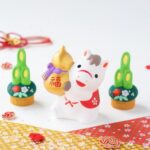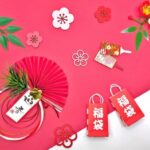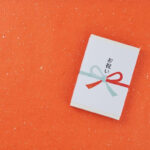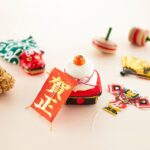
Everything You Need to Know about Honorifics in Japanese
Honorifics play a crucial role in Japanese culture, deeply embedded in the language to express formality, respect, and social hierarchy. For those learning Japanese, mastering honorifics can be tricky, but it’s an essential part of sounding natural and respectful in different social contexts. In this blog post, we’ll explore five of the most common Japanese honorifics, when to use them, and when you might want to avoid certain ones.
1. -san (さん)
The most widely used and well-known honorific, -san is often translated as “Mr.” or “Ms.” in English, but it’s more versatile. -san is used for both genders and is applicable in a variety of situations, whether you’re addressing someone in a business meeting, a teacher, or even a stranger.
When to use it:
- When addressing someone you don’t know well.
- In professional or formal environments.
- As a safe default when unsure of which honorific to use.
When to avoid:
- You would not use -san for yourself, as it would come off as arrogant.
2. -kun (くん)
Primarily used when addressing younger males, -kun can imply a friendly or familiar tone. It is often used by seniors addressing juniors, teachers talking to male students, or among close male friends.
When to use it:
- When addressing male juniors or younger colleagues in a work environment.
- Among friends of the same age group, especially males.
When to avoid:
- Avoid using -kun for females.
- Don’t use it for people who are in a higher social position than you.
3. -chan (ちゃん)
-chan is an affectionate and informal honorific, often used for younger females, close friends, children, and sometimes pets. It conveys warmth and intimacy, which is why it is frequently heard in conversations between family members and very close friends.
When to use it:
- For young females, children or pets.
- Among close friends, especially females.
- Between family members or in casual, friendly settings.
When to avoid:
- -chan is inappropriate in formal settings or when addressing someone of higher status.
- Avoid using it for adults unless there is a close, informal relationship, as it may seem condescending.
4. -sama (さま)
-sama is an extremely respectful honorific, used to show great deference. You’ll hear this in service industry settings, such as when store clerks address customers as “o-kyaku-sama” (customer). It is also used when addressing or referring to deities or people of high status.
When to use it:
- When addressing clients or customers in formal settings.
- For high-ranking individuals or when writing formal letters.
- When talking about people in a revered position.
When to avoid:
- Using -sama for yourself would sound extremely pretentious.
- Overusing it can make interactions feel overly formal or distant.
5. Sensei (先生)
Although not an honorific suffix, Sensei is a title often used as a standalone form of address for teachers, doctors, or masters in certain fields (e.g., martial arts, calligraphy). It reflects the respect and authority given to someone who teaches or is a recognized expert.
When to use it:
- When addressing or referring to teachers, professors, doctors, or professionals with specialized skills.
- In educational or professional settings where the individual holds authority.
When to avoid:
- You wouldn’t call yourself Sensei unless it’s within an appropriate context (like when you’re teaching and explaining your role).
- Avoid using Sensei for someone who is not in a position of authority or expertise, as it can seem sarcastic or mocking.
Key Takeaways: Which to Use and Avoid
- Use -san as a neutral and safe option when you’re unsure about what honorific is appropriate. It works in most formal and professional situations.
- Use -kun or -chan when addressing friends, younger people, or those you are close to, but be mindful of gender and context.
- Use -sama for extreme politeness or when addressing customers, but avoid it in casual interactions.
- Use Sensei when speaking to teachers, doctors, or experts, and avoid using it for those who don’t hold such roles.
Honing Your Skills
Honorifics in Japanese go beyond just words—they reflect respect, awareness of social hierarchy, and cultural nuance. The more you practice and observe their usage in real-life situations, the more natural they’ll become in your own speech. Try using different honorifics in your conversations and see how they change the tone and respect level!
Are you already using these honorifics in your conversations? Which ones do you find tricky to use? Let us know in the comments!





Leave Comment